Content by Sara Bauder

Opportunities for Swath Grazing in South Dakota
Fact sheet on the opportunities for Swath Grazing in South Dakota
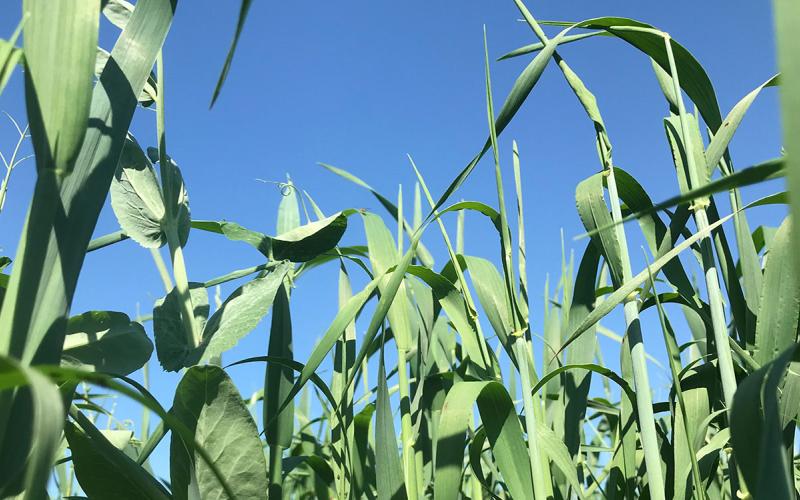
Forage Field Day to be Held Aug. 4
July 15, 2022
SDSU Extension and Nebraska Extension will host their collaborative 2022 Forage Field Day at the University of Nebraska Haskell Ag Lab on Thursday, Aug. 4, from 10:00 a.m. to 4:30 p.m. CDT.
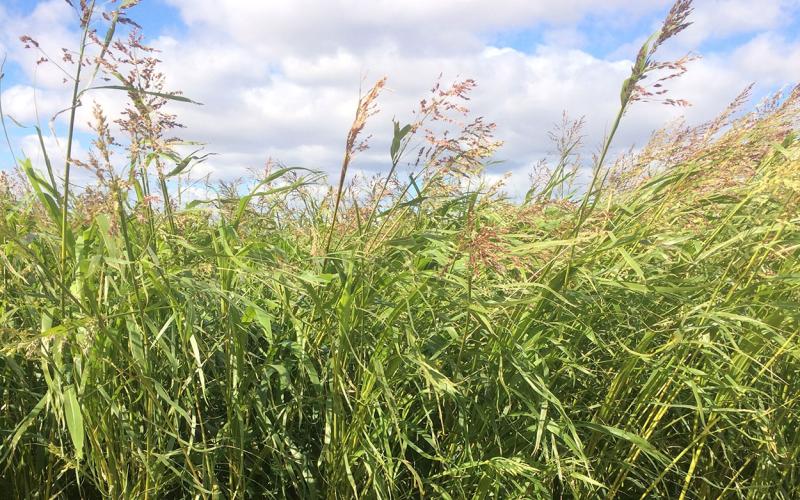
Using Annual Cover Crops and Forages in Lieu of Row Crops
Although there are many factors to take into consideration, annual forages and cover crops can be an excellent tool to mitigate challenging planting seasons.
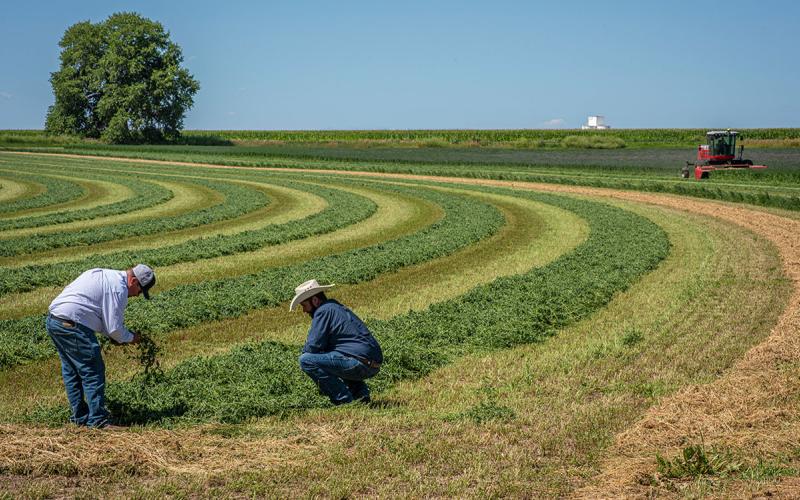
Alfalfa Harvest Timing and Objectives
Guessing when to make that first cutting can be difficult, as using plant maturity or calendar dates alone can be quite risky. Get the most out of your first cutting with some expert tips that consider the timing and objectives of alfalfa harvest.
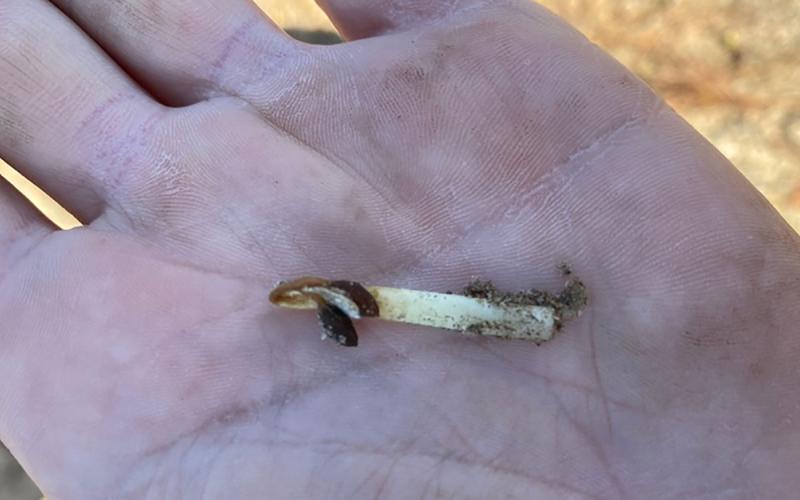
Risks of Early Soybean Planting in South Dakota
Early soybean planting offers potential yield benefits, but it also poses some risks. Learn some expert tips and considerations for early soybean planting this growing season.

“Snirt” and How To Minimize It
Blowing soils, dust storms and “snirt” (snow with dirt on it) are frequent challenges during dry, windy winters. Learn some soil health principles to limit erosion and minimize snirt on field edges this planting season.
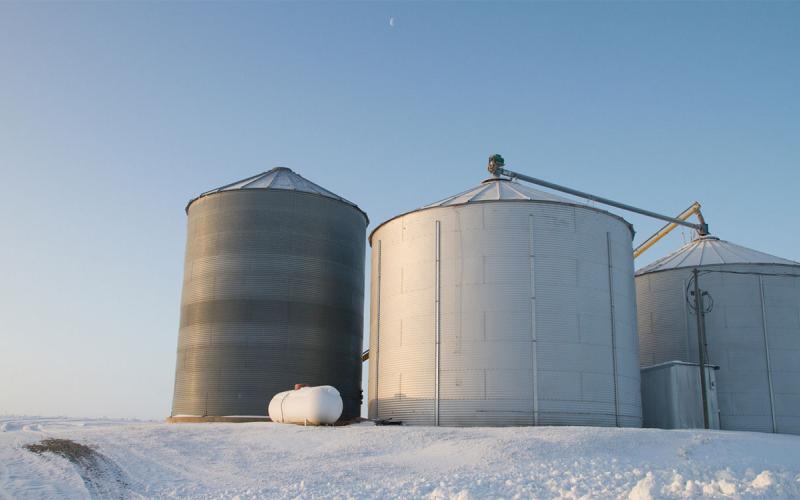
Forecasted Cold Temperatures Can Be Used To Cool Down Stored Grain
If temperatures are forecasted as being well below freezing, it would probably be a good time to start thinking about cooling stored grain. Cooling grain reduces the activity of stored grain insect pests and suppresses any mold growth that may otherwise occur.

SDSU Extension to Kick Off Crop Hour Webinar Series in January
January 10, 2022
SDSU Extension will, once again, deliver a series of virtual Crop Hour webinars this winter. Starting Jan. 11, every Tuesday through Thursday from 10:00 a.m.-11:00 a.m. CST, participants are invited to take their coffee break online to hear the latest in crop management and agronomic research from SDSU Extension.
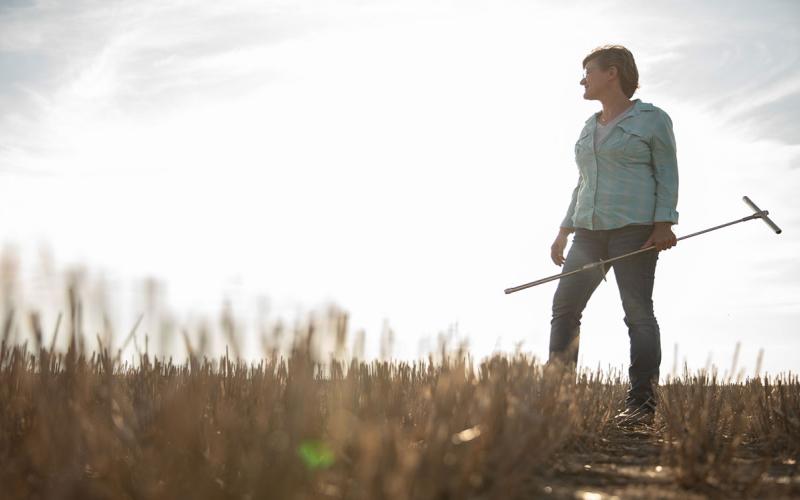
Fall Soil Sampling
With fertilizer prices on the rise, it’s more important than ever to understand your soil test levels and crop response to applied fertilizers. Fall is a great time to soil sample before freeze up.
Aphanomyces Root Rot of Alfalfa
Fact sheet on Aphanomyces Root Rot of Alfalfa